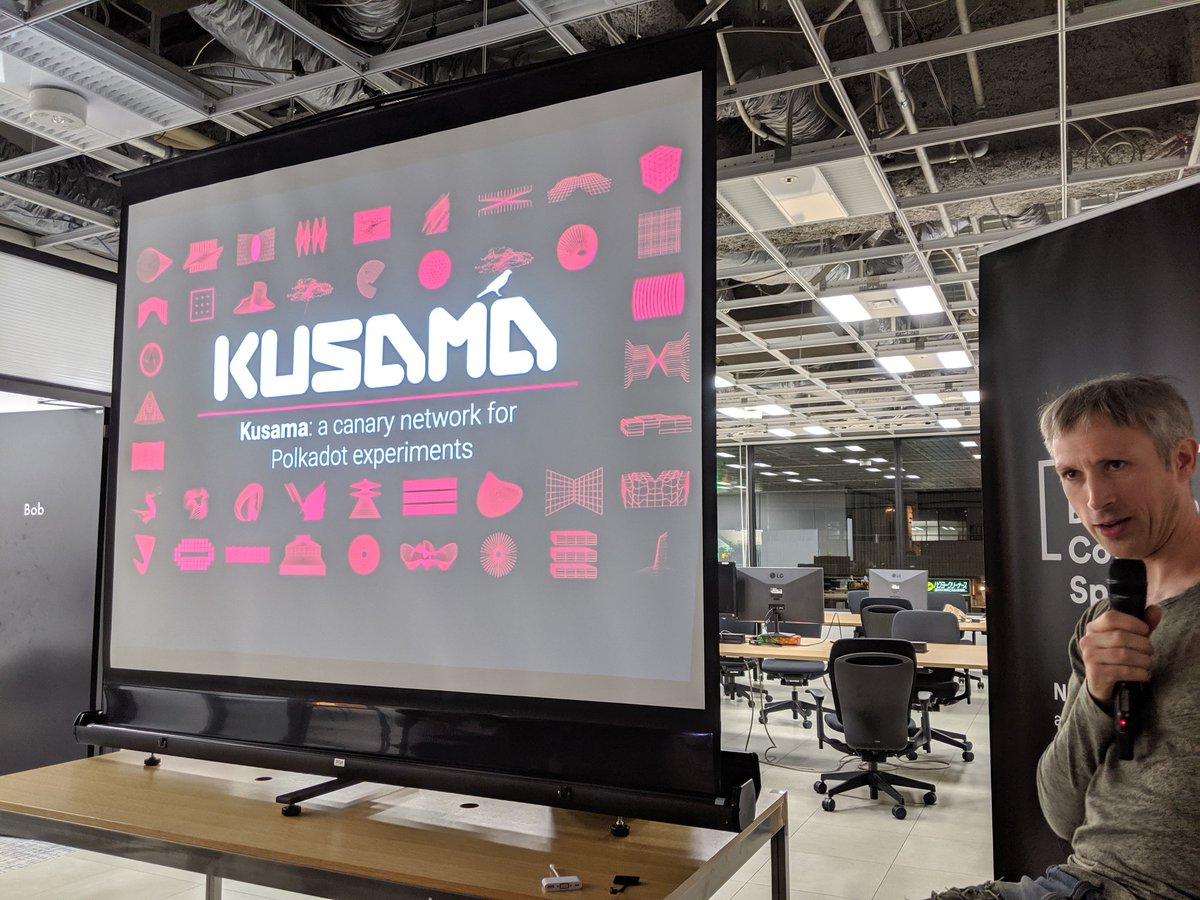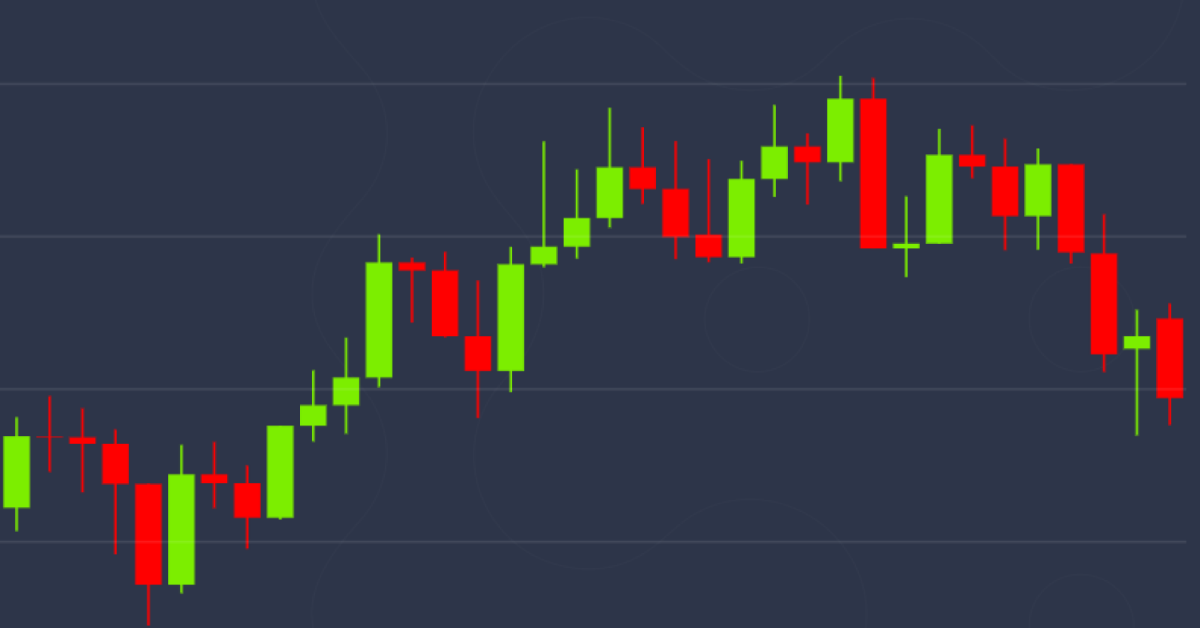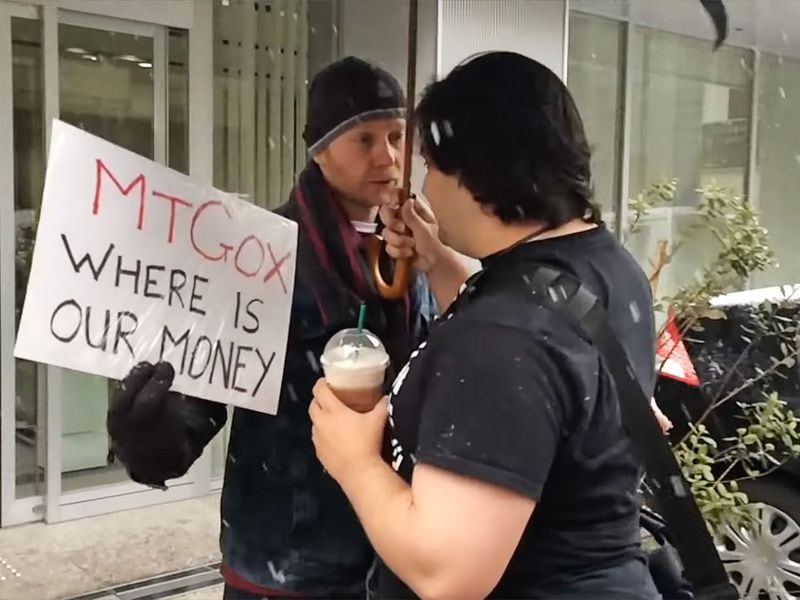Ethereum-Enhancers Not Ethereum-Killers
Ethereum-Enhancers Not Ethereum-Killers
Ethereum’s popularity has congested the network like never before, and scalability is top of mind. Historically, and still today, many look beyond Ethereum for more scalable smart contract platforms. However, the most interesting scaling battles are being waged above Ethereum on Layer 2s (L2), not besides Ethereum on Layer 1s.
One specific flavor of Ethereum L2 scaling solutions, Zk-rollups, are live and flourishing today (rollups bundle transfers into single transactions). So much so that many leading community members support simplifying Ethereum’s Eth2 upgrade to focus on a rollup-scaled ecosystem. With this in mind, the new competitive arena is between Ethereum-enhancers, not Ethereum-killers.
Matthew Finestone leads business operations at Loopring, an Ethereum Zk-rollup protocol for scalable trading and payments. CoinDesk’s invest: ethereum economy event begins Oct. 14.
This is not to say Ethereum killers have all failed. Depending on how you define failure, some are wonderful successes: they raised funds at astronomical valuations, and in some cases, have grown into them.
In all cases, though, they have not succeeded in attracting meaningful economic activity, whether measured by (real) address and transaction counts, applications built, value stored or what – if anything – is going on inside their blocks. The most legible report-card are fees: Are people valuing and paying for blockspace in competing networks? No. In fact, some Ethereum applications earn more fees than the entire competing smart contract platforms.
Ethereum-killers should not be pigeonholed into one group, though. Some are innovating in meaningful ways and are ambitious. They do not wish to live their entire life as an Ethereum-killer, they actually aim to kill it, or be relevant beside it. Others are toothless. They do not want to kill anything, they merely want the Eth-killer moniker, hoping some perceived premium may attach itself.
While I certainly cannot say Ethereum has “won”, game over, I do believe a more compelling narrative now exists. It is a funny twist of fate that that narrative is “how to help Ethereum”, not kill it. Eth-enhancers win by advancing Ethereum, not supplanting it.
Look within, look above
Over the past 18 months or so, it has become increasingly clear that the real Ethereum-killer is Ethereum itself, and whatever it or its ecosystem will evolve into.
While researchers and core devs are well into the process of materializing Eth 2.0 – the highly-anticipated upgrade of the Ethereum blockchain into a Proof-of-Stake, sharded system – Ethereum also enjoys the benefit from myriad L2 scaling solutions. This independent yet anchored approach is Ethereum’s offense and defense.
Eth-killers are actually competing with these L2 solutions, not Ethereum itself. In this way, you can say there are two types of Ethereum-enhancers: homegrown L2s, or allied L1s. Perhaps this is a false dichotomy, though, and it ultimately matters only that some Eth-enhancers succeed in supporting some auxiliary functions of Ethereum (scaling or other).
But that belies important technical differences and brings forth the crucial question of how do we classify these scaling solutions, so that users may understand the security guarantees, or lack thereof.
Layer 2 label
The term Layer 2 has become a bit of a catchall for anything that scales Ethereum that is not directly on Ethereum. Describing how these constructions interact and rely on Ethereum is incredibly important for user education, though, because something like Binance can also be strewn in as an L2 scaling solution. Most would agree this categorization is not useful at best, and is deceptive at worst.
It comes down to Ethereum security guarantees. To be labeled an “L2,” the solution must inherit Ethereum self-custodial security of users’ assets. If you have to rely on anything or anyone else for security of those assets, it is not Layer 2. It would instead be a sidechain.
Sidechains – those that originated with scaling Ethereum in mind, and those that are reformed Ethereum-attempted-murderers – have their own independent security and validator sets, and are widely considered not Layer 2.
Agreeing to what L2 means is important because that is just the first label within the L2 space, where a variety of flavors exist, such as rollups (both ZK and Optimistic) and plasma.
I think you will find projects singing of building bridges to Ethereum, not bombs.
As Vitalik mentioned in a comment on his rollup-centric proposal, “we should maintain a hard commitment of what security properties a “legitimate layer 2” should have: if you have an asset inside the layer 2, you should be able to follow some procedure to unilaterally withdraw it, even if everyone else in the layer 2 system is trying to cheat you.”
Among Ethereum’s suite of L2 scaling solutions, the most “conservative” of which – Zk-rollups such as Loopring and Matter Labs – provide that unilateral power while increasing transaction throughput by a factor of 1,000. (Zk-rollups also make tradeoffs: they are not currently capable of supporting general computation, but only certain functions such as transfers and trading, for now.)
Many reformed Eth-killers would not like to call themselves sidechains, which is understandable as the label connotes secondary import. However, if a separate base layer blockchain has Ethereum-enhancement near-front of mind – if it touts talking to Ethereum and its universe of assets as a prominent strength – then it is in my opinion a sidechain to Ethereum.
Such sidechains interoperate with Ethereum, not replace.
How do you kill Ethereum?
The question that spurred this piece ahead of the invest: ethereum economy virtual event is: Do Eth 2.0 and new L2 solutions mean the “Eth Killer” narrative is dead? Was it ever possible to kill Ethereum?
I think you kill Ethereum by doing or allowing something it cannot, and having enough people care about this feature or property that they choose to switch smart contract platforms. But it’s complicated. In this scenario, you must assume that Ethereum and its enhancers are unwilling to go in this new demanded direction, or are unable to do so.
We would all do well to remember that tradeoffs abound. Ethereum, for its part, traded scalability for greater decentralization and security. Eth-killers have generally traded censorship resistance and credible neutrality for scalability, their murder weapon.
Sometimes, however, new tools or design patterns allow us to leap forward – to not just move along the demand curve (tradeoff space), but to shift it. Rollups are one such example for scaling. Therefore, if Eth-killers must aim to kill something, their target is not Ethereum, but the independent yet aligned agents a layer above.
Ethereum is not a sitting duck – it is a moving target.
Narrative change
As the Ethereum base layer scaling effort presses on, and with a possible recalibration to prioritize rollups, and as rollups do today (or tomorrow) what many of the Eth-killers hope to do, I think the narrative has been neutered.
I am not bold enough to say there can be only “one” smart contract platform, and it is Ethereum. History teaches us that everything crumbles. But each passing day brings clarity: if the steady state of global settlement/coordination layers turns out to be winner takes all, Ethereum is in the lead. We should not mince words.
While credible threats have been made, Ethereum is a live player. And it is not a singular player. So, when you hear the next siren song, listen carefully, and I think you will find projects singing of building bridges to Ethereum, not bombs.










